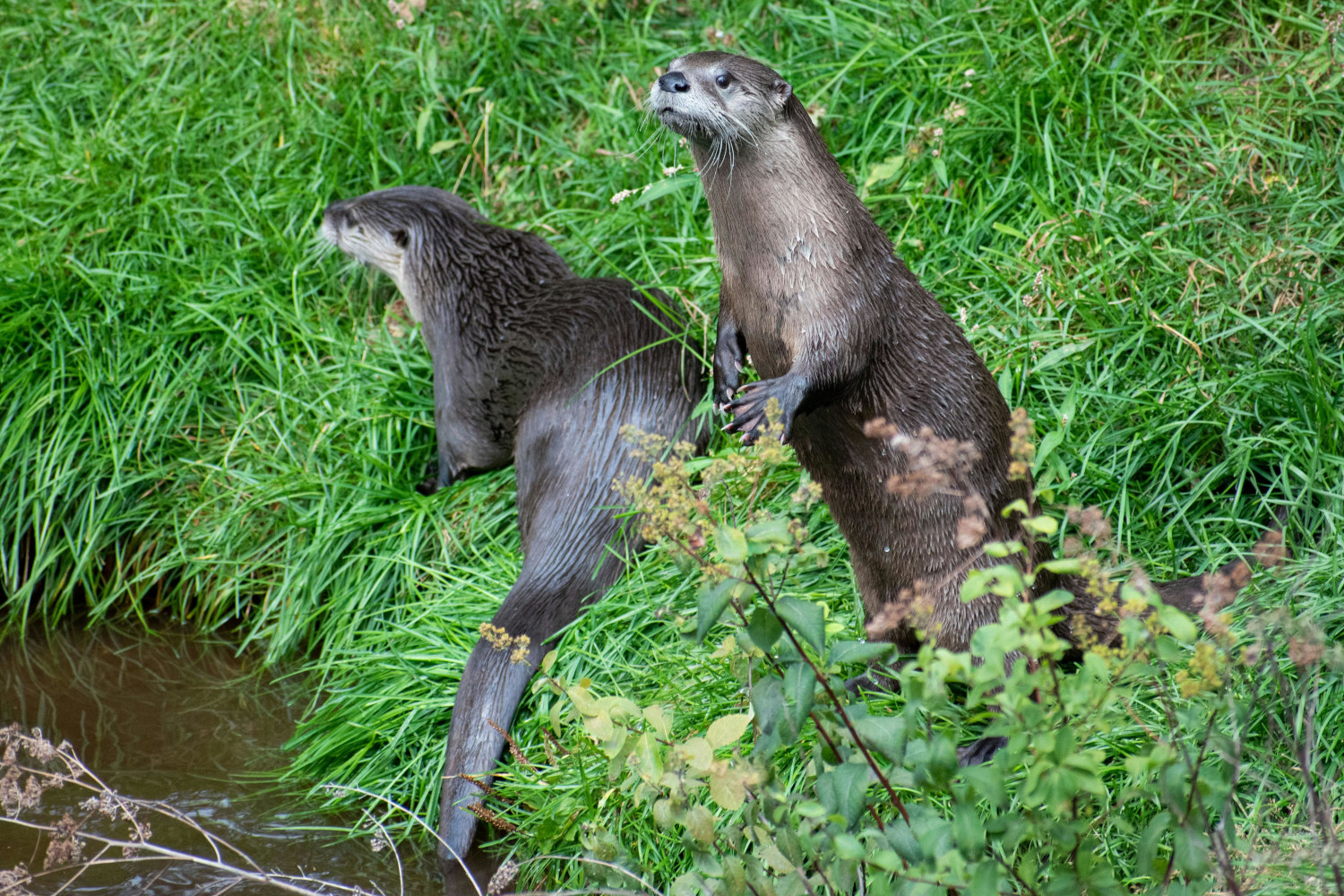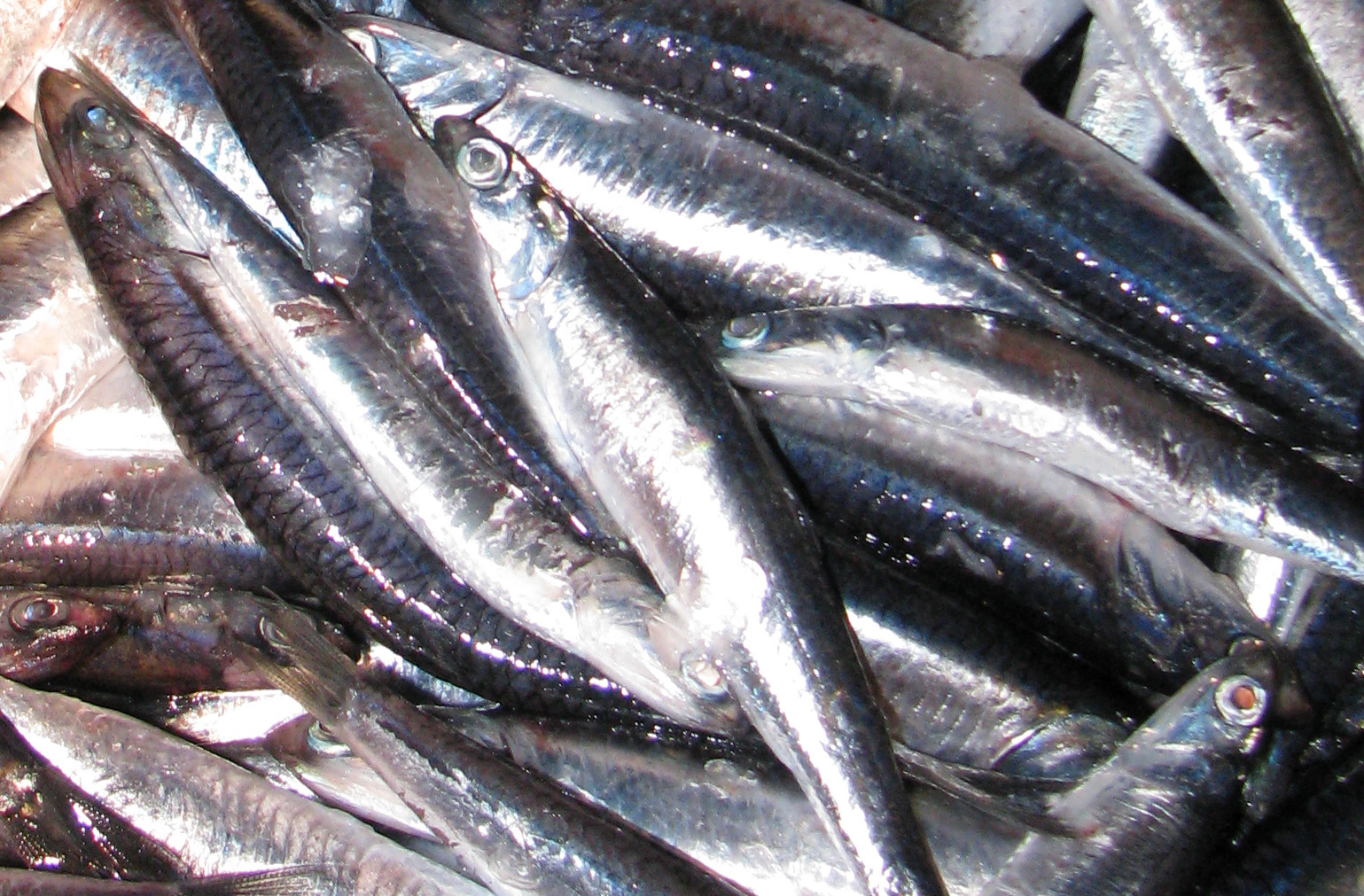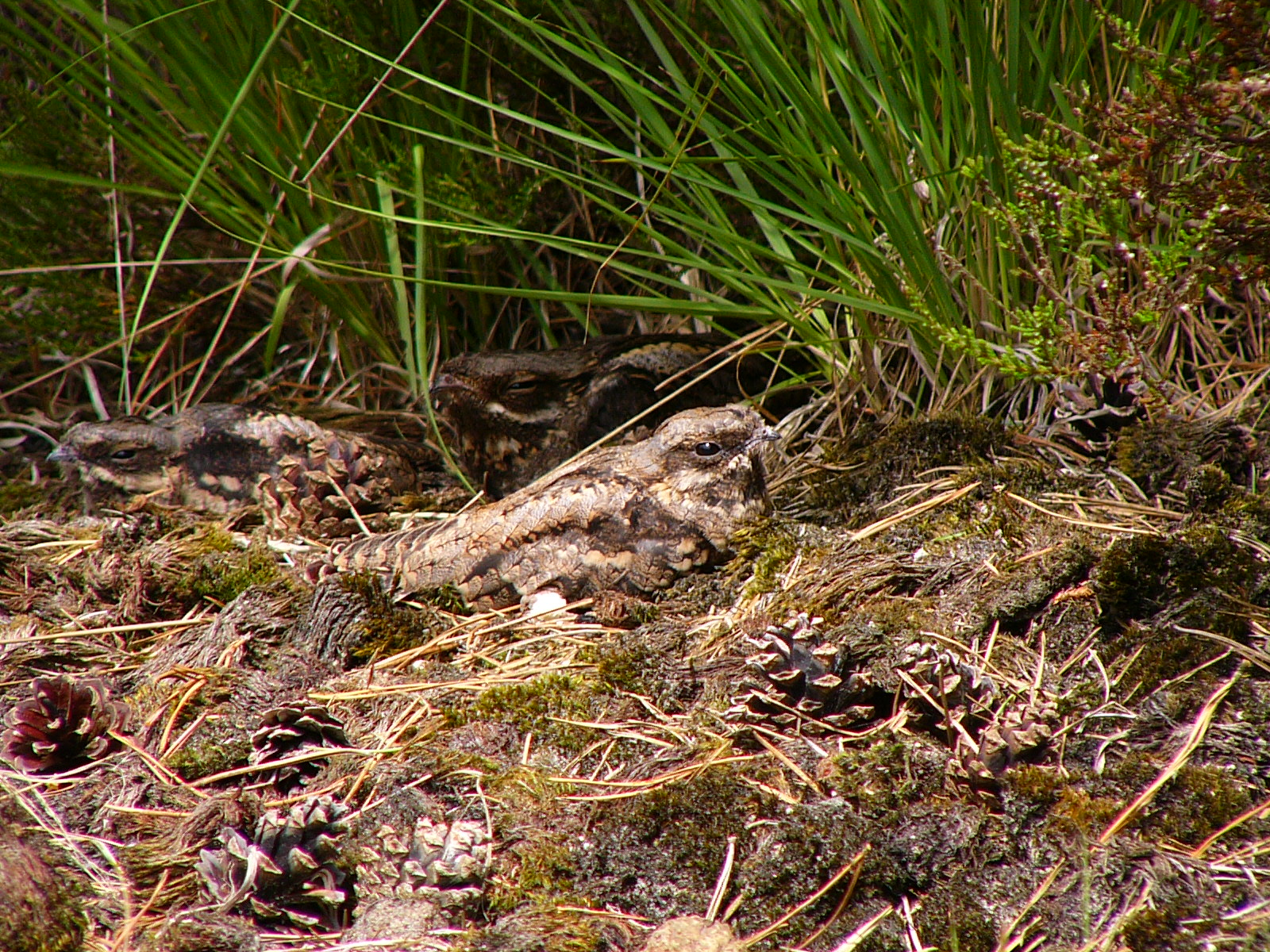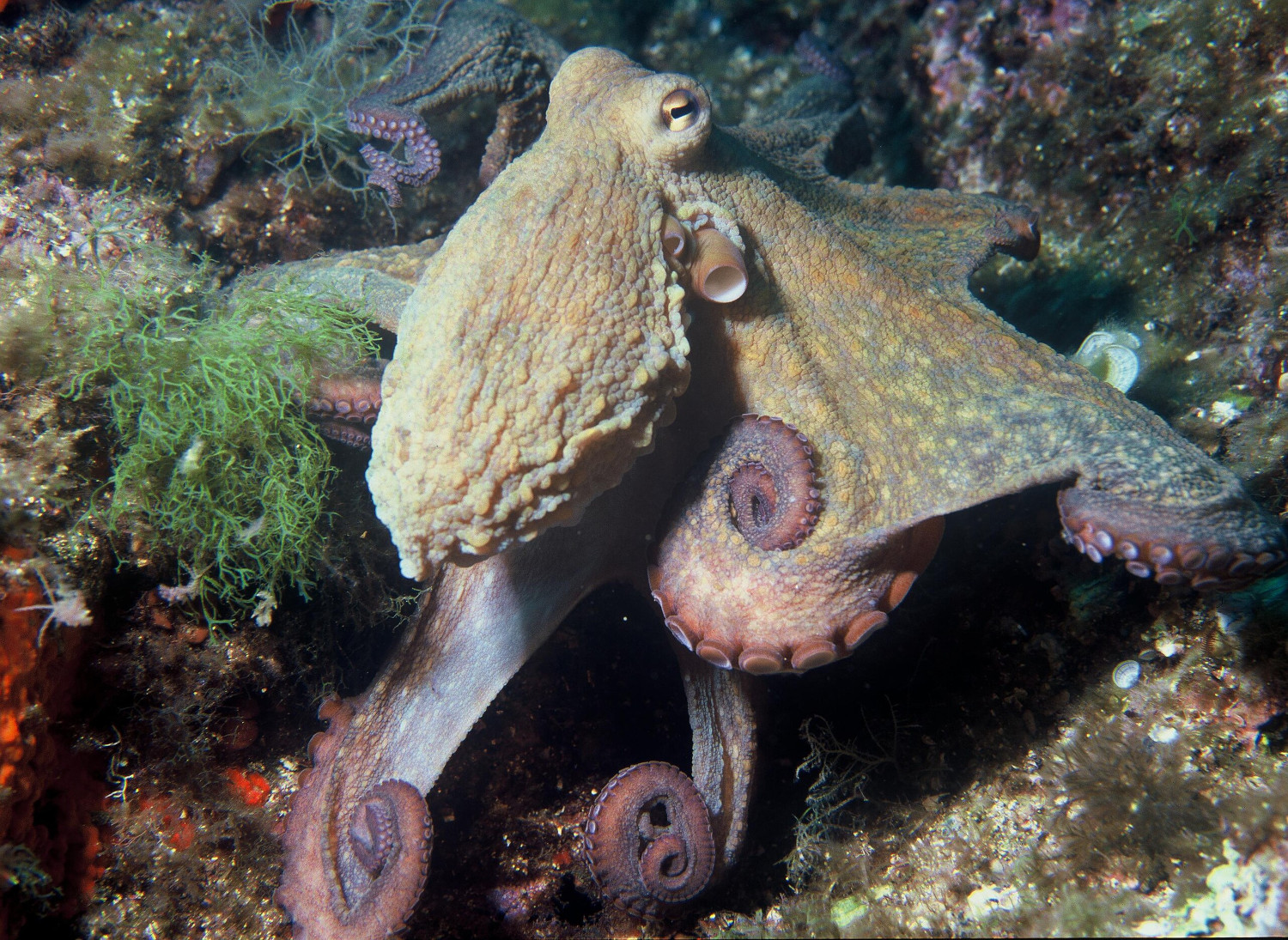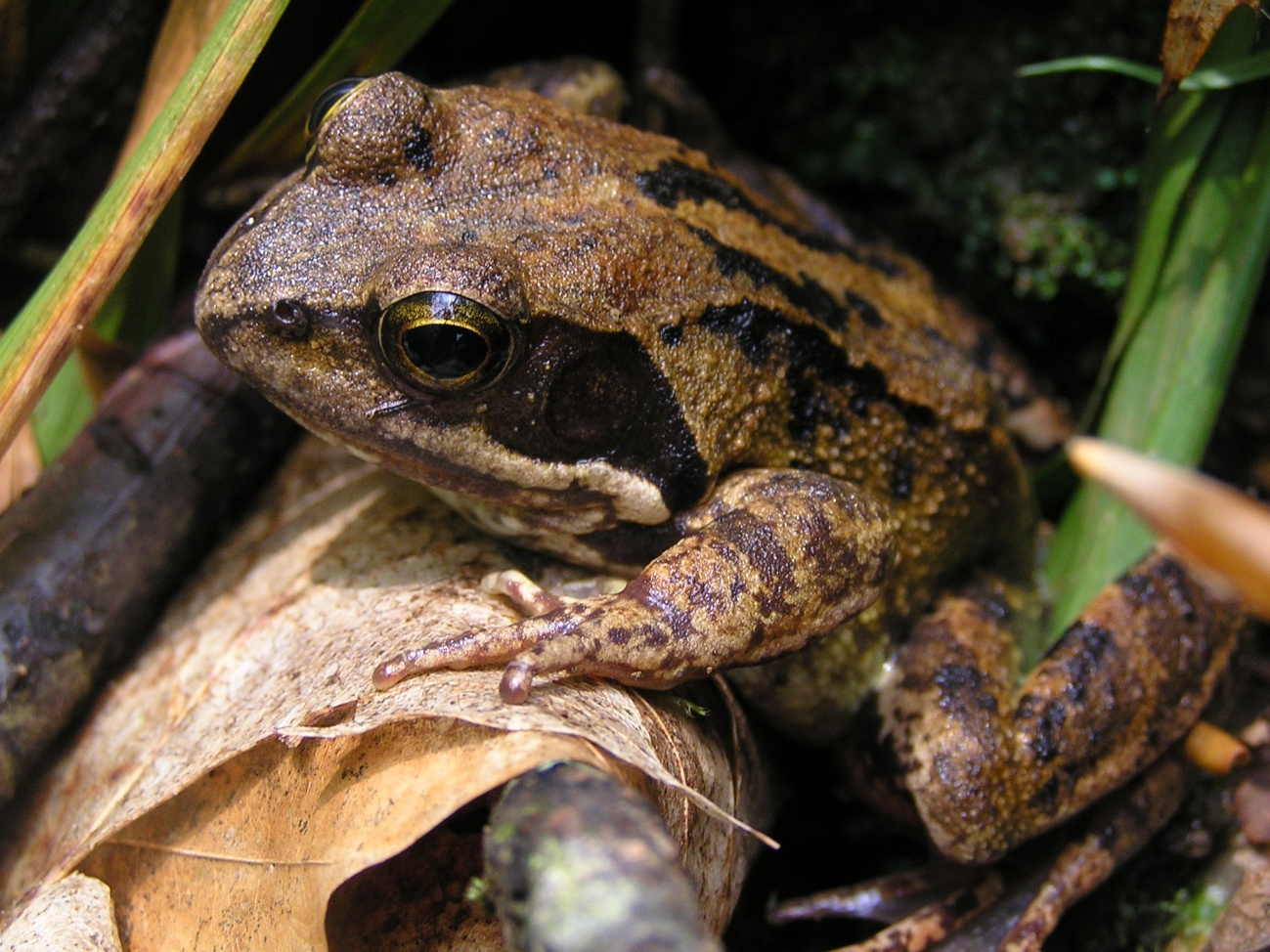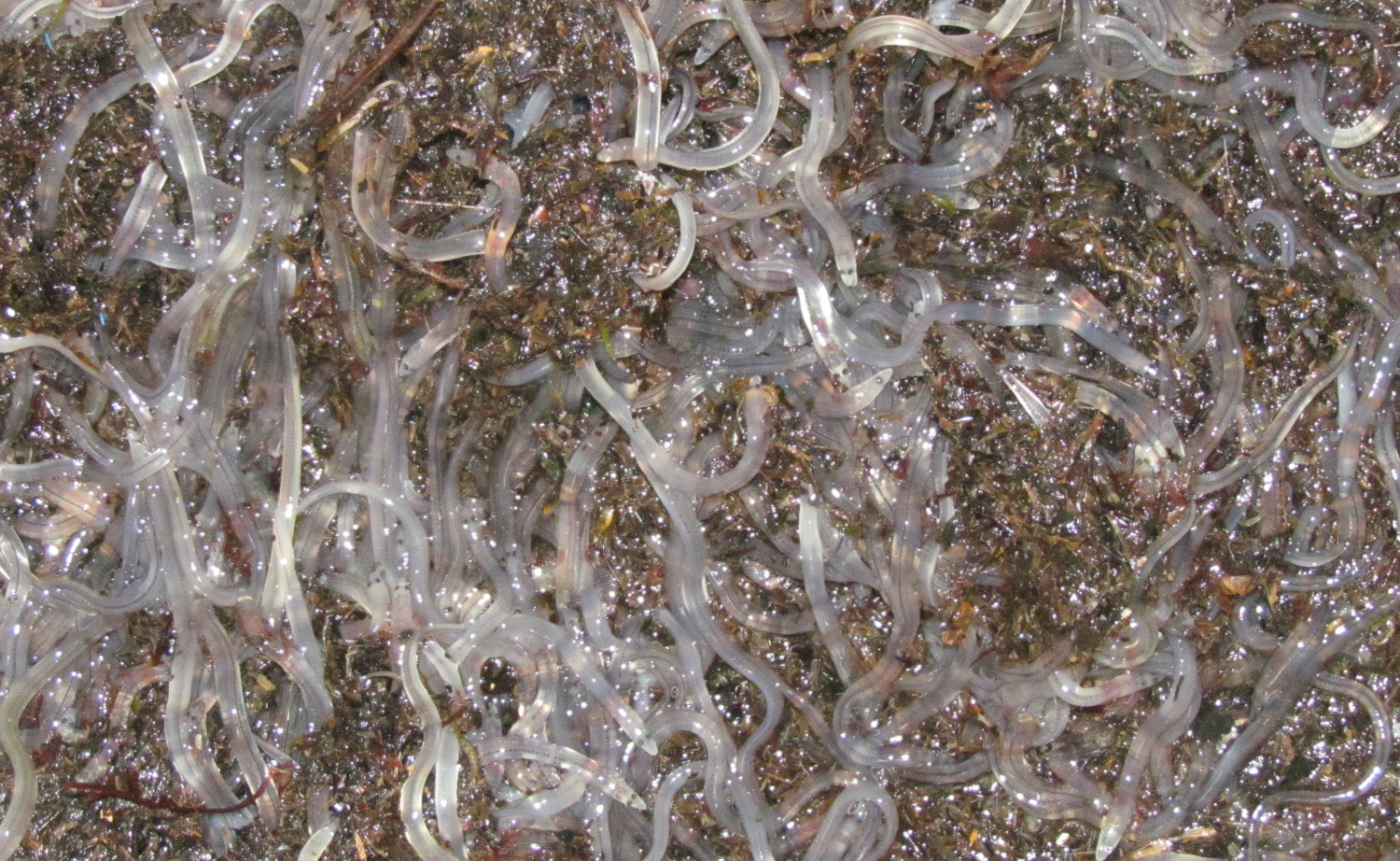Queen without crown in the dark, red
- If we ask about the most appreciated fish in restaurants on our coast, the vast majority would mention the sea bream. Older generations knew him better. Today it is difficult to find it both at sea and on our tables. But we attach the challenge this week. When you're in front of the fishmonger counter, look at that close relative next to the sea bream. Because there is a fish with a similar head, with a very different aspect of the body, marked red…

Queen of the sea bream (Beryx decadactylus)
Group: Vertebrate / Fish
Size: 25-50 cm
Where does he live? Young people are pelagic. Adults are bento-pelagic, grouped between 200 and 800 meters deep.
What do you eat? Fish, crustaceans and small cephalopods.
Level of protection: It is not protected.
In Spanish it appears as "king." As if this were not enough, also in some places in Spain as “alfonsino” or “virrey” – one or the other, the monarchy present, always. But our dictionary, like many fish, has room for word games. In several Biscayan localities, being “kings” or “viandas reyes”, in other ports they were exalting the queens, naming them as “queens of the sea bream”. With names, remember right, this fish is clearly red and has no crown. In addition, among the best cooks, it has a compact white meat, flavored by shellfish, which for many is the sea bream, so is it also known as “the sea queen”?
His eyes, smaller than the sea bream, do not go unnoticed. By the way, eye size gives us information about their way of life. What great eyes for? To see it well. Well, but how big? To see it in the dark. Deep down, about 200 meters away, the light barely reaches, and in it the queen of the sea bream is able to capture smaller fish, crustaceans, small chipirones, as well as escape larger predators, or at least try. And maybe to go unnoticed by these predators, or because they get other advantages, this species is gregarious, grouped in large schools.
Imagine then a dark, cold and abrupt underwater environment. If we were to remove water from the sea from our coast, we would find ourselves in front of a plain and suddenly a ravine that falls deep. For in that precipice lies the queen of the sea bream, known as the “continental slope”, and on the hillside of the previous continental shelf. This fish that joins Basque mountaineering also likes the Asturian mountain. There is a mountain called Cachucho, 4,500 meters high. Are you a mountaineer and don't know? For this is higher than all the summits of the Picos de Europa, and it is only 60 kilometres from the coast! That's right, underwater. Around them, the Asturians have known the sea bream with the name of this mountain since the early twentieth century.
It was formerly a low-value fish in our ports, mostly eating fishermen and their surroundings. Today, however, it is becoming increasingly expensive and more appreciated. We will therefore have to be careful if this fish were to be made known in excess and if large fish are caught in a short space of time, it would not lead to the survival of the population. Although young females grow rapidly during the first year, once mature, their growth becomes very slow, partly due to the cold aquatic area in which they live. Imagine you have ever found specimens older than 60 years! So far it has been fished with bottom longlines, grain by grain, bait, through one of the most selective fishing gears. In order for it to continue to be so, let us give its courage, as far as possible, but without passing it, so that it does not suffer the same decline of the sea bream of its close relative.
Itsasoan badira landareen itxura izan arren animalia harrapari diren izaki eder batzuk: anemonak. Kantauri itsasoan hainbat anemona espezie ditugun arren, bada bat, guztien artean bereziki erraz atzemateko aukera eskaintzen diguna: itsas-tomatea.
Ugaztunei eskainitako azken artikuluaren amaierako hitzak hurrengo animalia aurkezteko aitzakia paregabea dira. Bertan esaten genuen muturluzeak erreka “garbi eta txukunak” behar dituela, kutsadurarik gabeak baina elementu natural anitzekin. Animalia txiki horren... [+]
Antxoa, bokarta edo albokartia, gure arrain komertzialen artean txikiena, euskal kostaldera hurbildu da.
Katalanen ustetan artzainak engainatzen omen ditu hegazti honek: “enganyapastors”. Espainiar eta latindarrek, aldiz, ahuntzari esnea kentzen diola diote, hortik datorkio hain zuzen ere izen zientifikoan (Caprimulgus europaeus) islatzen den caprimulgus (capra... [+]
Leihatila honetan behin baino gehiagotan azaldu ditugu Ama Naturaren engainuak bere izakiak babestearren. Batzuetan, erle edo liztor itxura zuten euliak ekarri ditugu, beste batzuetan inongo arriskurik ez duten arrisku-kolorazioko intsektuak ere bai (kolorazio aposematikoa... [+]
Nekazal eremu lehor baten erdian ageri da putzua. Txikia da tamainaz, eta ez oso sakona. Egunak dira euririk egiten ez duela, baina oasi txiki honek oraindik ere aurretik bildutako urari eusten dio. Gauak eremua irentsi du eta isiltasunaren erdian kantu bakarti bat entzun da... [+]









